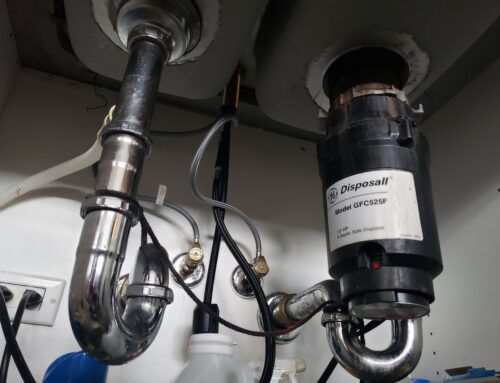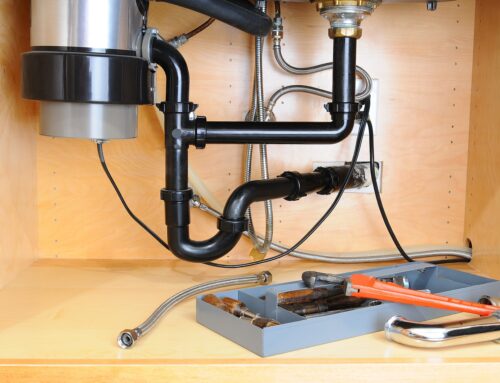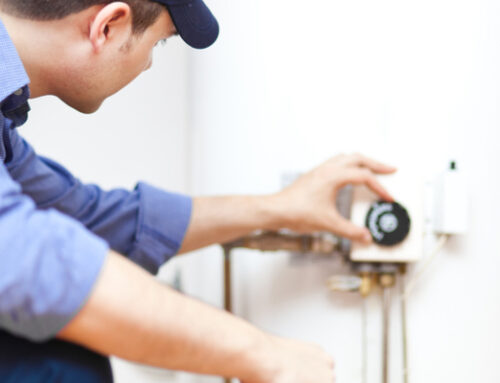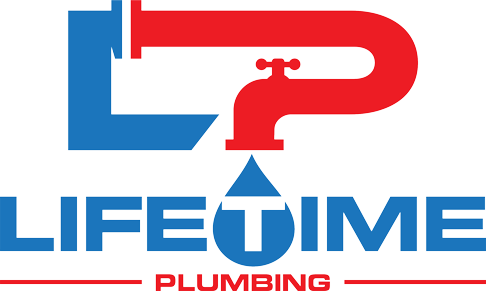How to Thaw Frozen Pipes
As winter’s icy grip tightens, many homeowners find themselves in a chilly predicament: frozen pipes. While prevention is the best strategy, sometimes even the most prepared homes can face this common cold-weather problem. When pipes freeze, it’s essential to know how to thaw frozen pipes safely and effectively. In this comprehensive guide, we’ll explore the ins and outs of how to thaw frozen pipes and restore warmth and water flow to your home.
Understanding the Challenges of Frozen Pipes:
Before we delve into the thawing techniques, it’s crucial to comprehend the challenges posed by frozen pipes.
The Science Behind Frozen Pipes:
Water, as it freezes, expands and exerts enormous pressure on the walls of your pipes. This pressure can lead to cracks or bursts, causing water damage that ranges from minor water leaks to catastrophic flooding. Pipes most susceptible to freezing are those exposed to severe cold, whether they’re located outdoors or in unheated areas of your home.
Assessing the Situation:
Before attempting to thaw frozen pipes, it’s essential to assess the situation carefully.
Identify the Frozen Pipes:
Begin by identifying the frozen pipes, as they may be hidden behind walls or in hard-to-reach places. Look for pipes with visible frost or a noticeable drop in water flow.
Check for Damage:
Inspect the pipes for any visible damage. Cracks, leaks, or obvious structural issues may require professional repair.
Know the Water Shutoff Location:
Familiarize yourself with the location of the main water shutoff valve in your home. If anything goes wrong during the thawing process, you can quickly turn off the water supply to prevent flooding.

Tips for Safely Thawing Frozen Pipes:
Now, let’s explore the various methods and techniques to safely thaw frozen pipes.
1. Leave the Faucet On:
The initial step in thawing frozen pipes is to open the affected faucet. This allows water to flow and relieves pressure as you work to thaw the pipe.
2. Heat Tape and Cables:
One effective method is using heat tape or heating cables, which are designed to wrap around the frozen pipe and provide a controlled heat source. Follow the manufacturer’s instructions carefully.
3. Hairdryer:
A common household hairdryer can also be used to thaw pipes. Hold the dryer close to the affected area, moving it along the pipe. Be cautious to avoid contact with water.
4. Hot Towels or Rags:
Soaking towels or rags in hot water and wrapping them around the frozen section can also help expedite the thawing frozen pipes process. Replace the towels as they cool down.
5. Portable Space Heater:
Placing a portable space heater near the frozen pipe can help warm the area and gradually melt the ice. Ensure the heater is safe and not in contact with flammable materials.
6. Infrared Lamp:
An infrared lamp can be directed at the frozen section of the pipe to provide a focused source of heat. Keep it at a safe distance and avoid leaving it unattended.
7. Warm Water Soak:
Submerging the frozen pipe in warm water can be effective for smaller sections. Use a basin or towels to contain the water around the pipe.
8. Professional Help:
If you are uncomfortable or unsure about thawing frozen pipes yourself, or if the situation is complex, it’s best to seek professional assistance from a licensed plumber. Professional expertise can prevent further damage or accidents.
Avoid the Use of Open Flames:
Under no circumstances should you use an open flame, such as a propane torch, to thaw frozen pipes. This is extremely dangerous and can lead to fires or pipe damage.
Conclusion: Restoration and Precautions:
In conclusion, understanding how to thaw frozen pipes is a valuable skill for homeowners, especially in cold climates. Preventive measures, such as proper insulation and temperature maintenance, are always the first line of defense. However, knowing how to safely and effectively thaw frozen pipes can be a lifesaver when the situation arises.
By assessing the situation, using the right tools and techniques, and exercising caution, you can restore water flow and prevent further damage to your home. Remember that safety should always be a priority. If you have any doubts or concerns, it’s wise to seek professional assistance to ensure a successful and secure resolution.
Stay warm, stay safe, and be prepared for any winter challenge that comes your way.
Get Help for Frozen Pipes
Lifetime Plumbing offers assistance in identifying and safely thawing frozen pipes, in addition to conducting a thorough inspection of the plumbing system to detect any potential damage caused by the freeze. Our extensive range of plumbing services is designed to guarantee the continuous flow of your pipes.
For help thawing frozen pipes, contact Lifetime Plumbing today.







